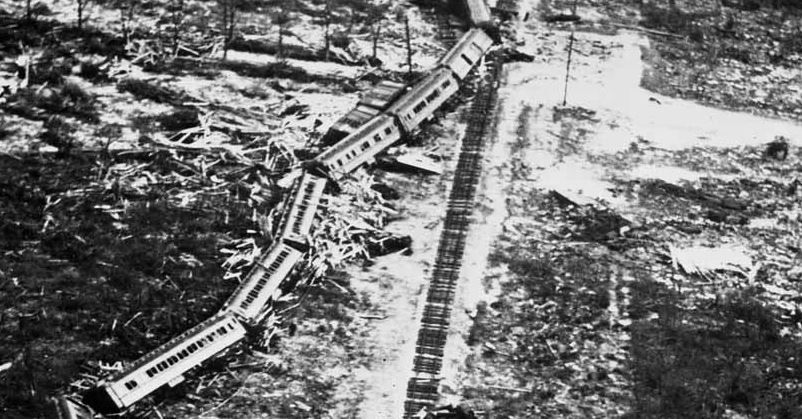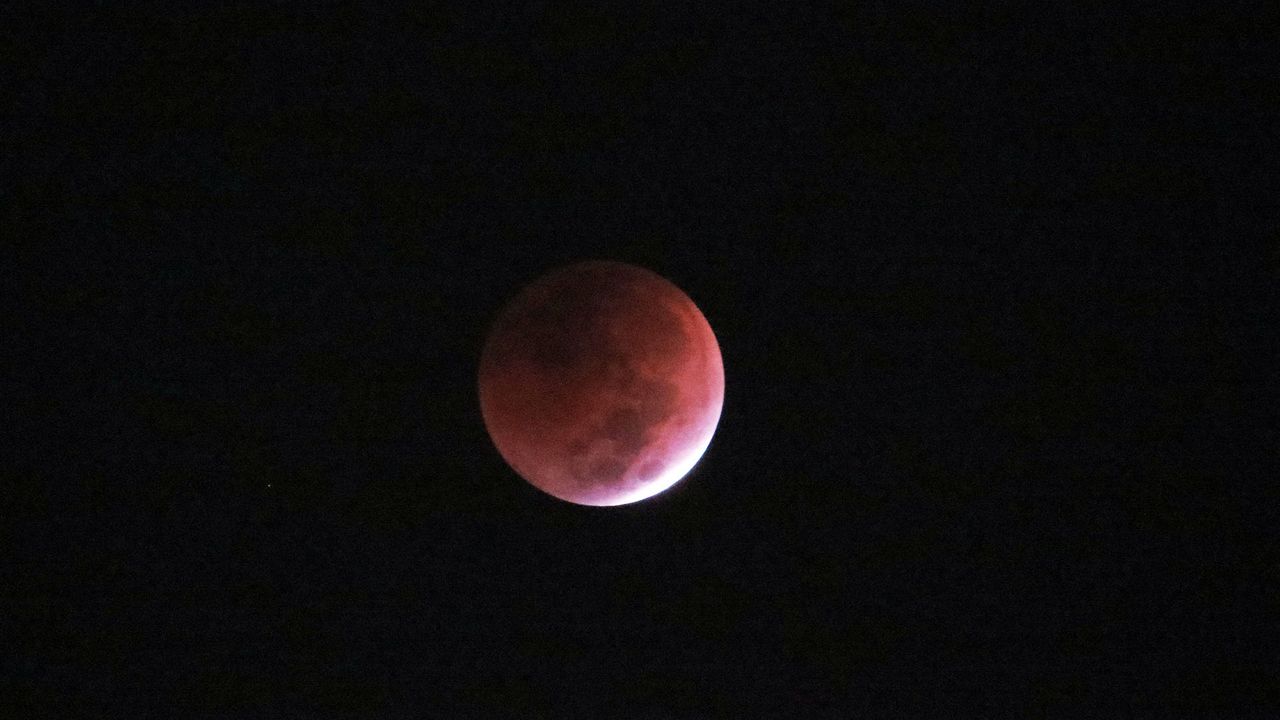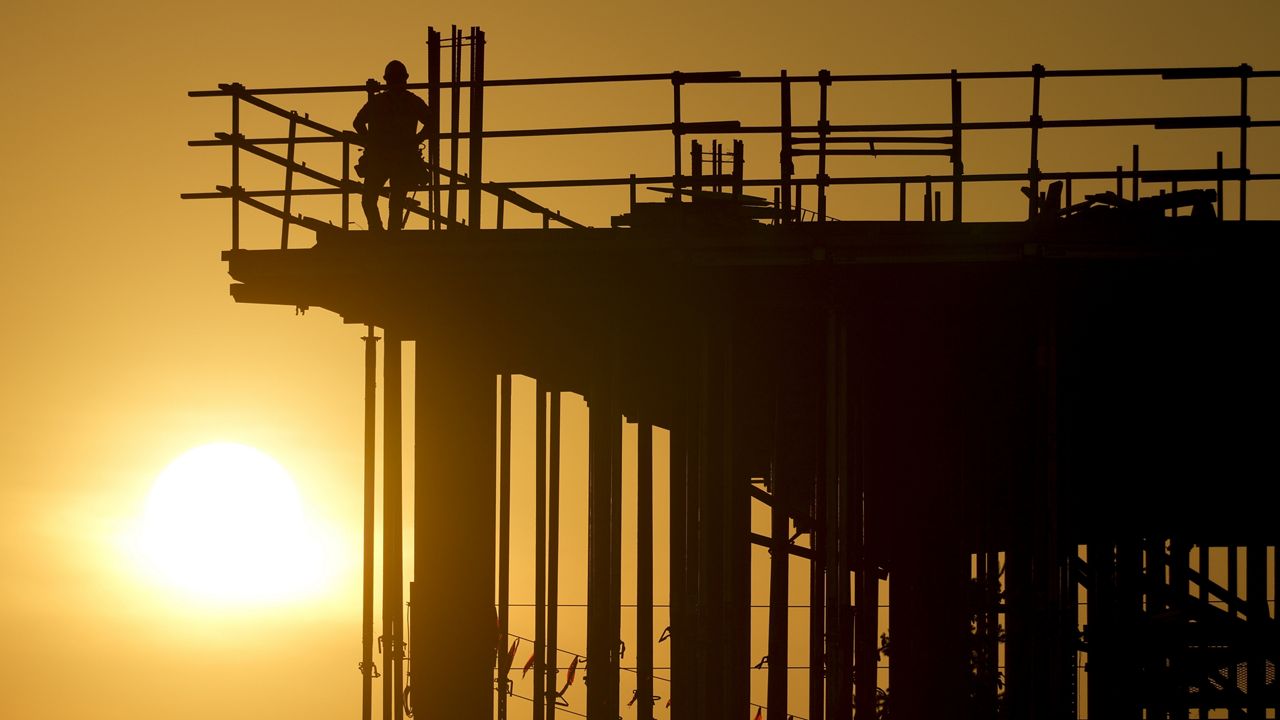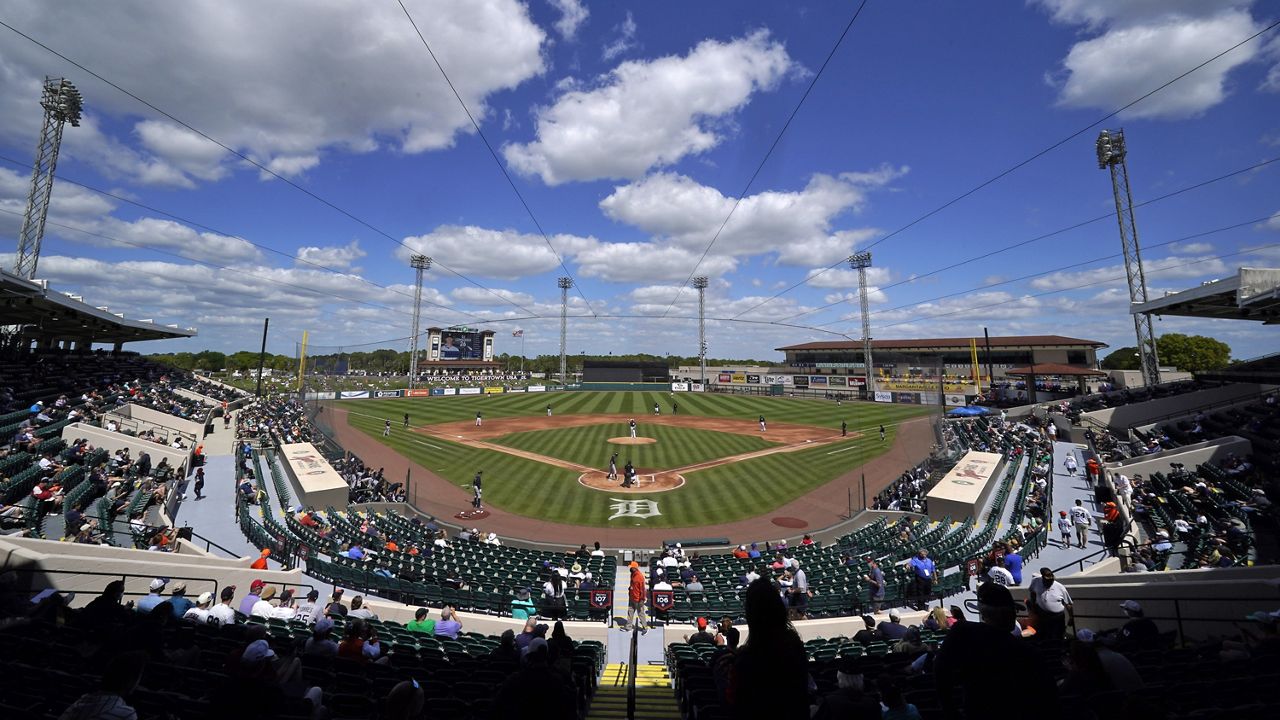One of the most brutal hurricanes to ever strike our state took place over the Labor Day weekend in 1935. Known as the Labor Day Hurricane, it remains the strongest hurricane ever to make landfall in Florida in recorded history.
Our nation was in the midst of the Great Depression at the time.
Federal jobs were created to employ World War I veterans and several large-scale construction projects were ongoing, especially in the Florida Keys. The government sent nearly 700 veterans to the Keys to work on the projects.
Weather reports of tropical storm conditions were coming out of the Bahamas and a strengthening storm was headed west toward south Florida and the Florida Keys.
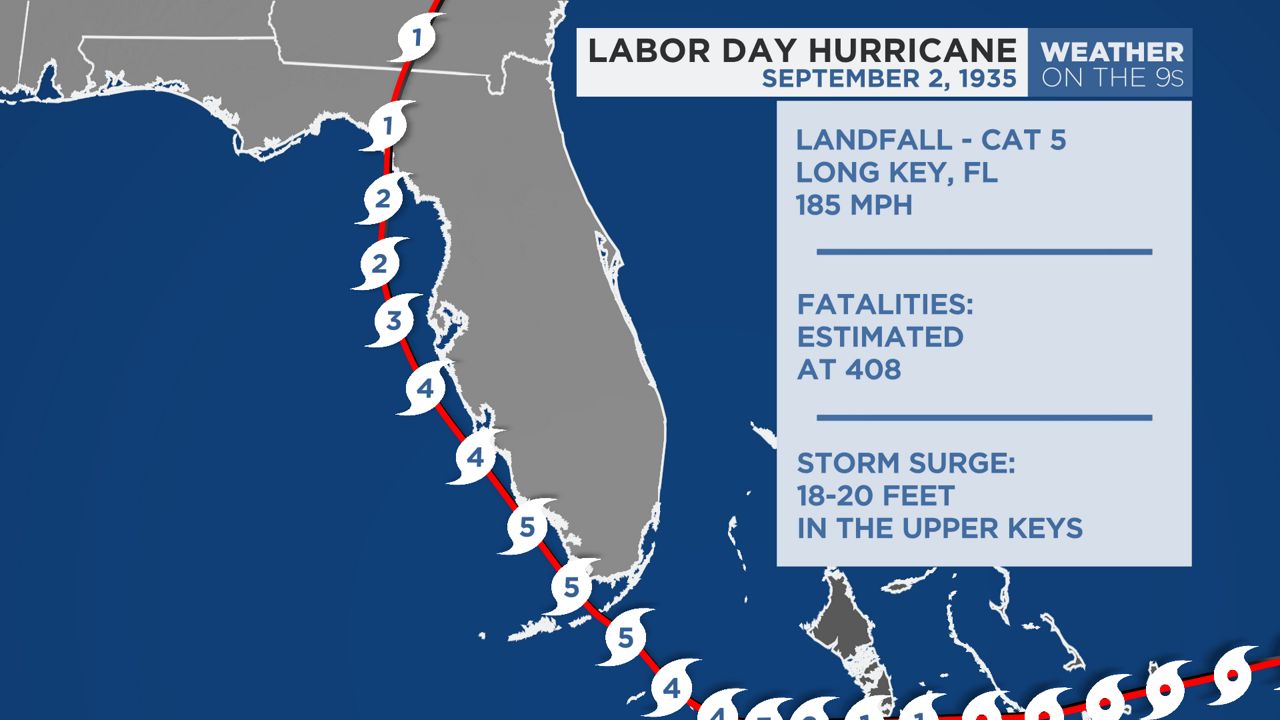
Leading up to Labor Day weekend, nearly half of the veterans took a trip to Miami for the weekend while the rest remained in place on the Florida Keys. There were some alerts that hurricane conditions were possible during Labor Day weekend and some residents began to board up while many others paid little attention to the storm.
Nobody knew how bad the storm was going to be.
The Labor Day Hurricane started to undergo rapid intensification as it neared the Florida Keys. It became a whopping category 5 hurricane with a very small eye, estimated to be about eight miles wide.
The strongest winds from the storm only extended 15 miles out from the center.
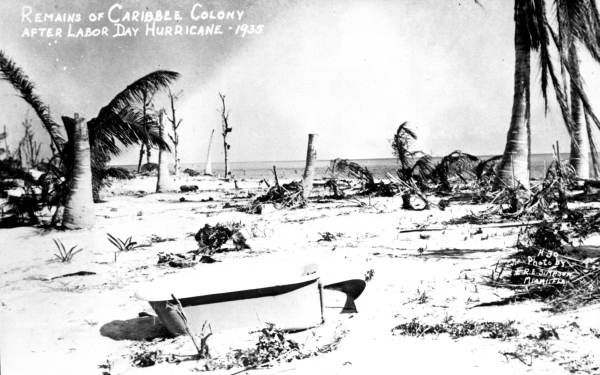
The hurricane made landfall on Long Key during the evening of September 2. Historic weather records say the calm weather in the eye lasted for 55 minutes before the ferocious weather returned.
All wind instruments were destroyed, but an engineering analysis was conducted on the aftermath, estimating the winds reached a peak intensity of 150-200 mph with gusts as high as 250 mph. The damage was unimaginable, but it only covered a small radius of 15 miles as this was a small but powerful hurricane.
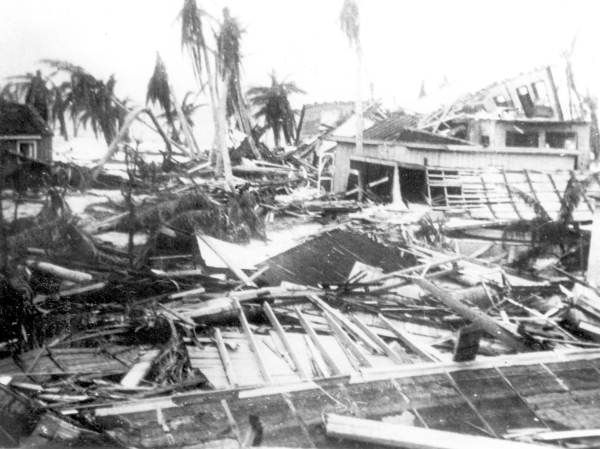
A barometric pressure of 26.98” was reported on Long Key at 10:20 p.m. before the barometer was washed away by a historic storm surge. The lowest official barometric pressure was recorded in Craig, FL at 26.35”, or 892 mb, making it the most intense hurricane to ever strike Florida.
The record still stands today.
A surge of 18-20 feet above normal inundated the keys and washed away the famous Henry Flagler railroad to Key West.
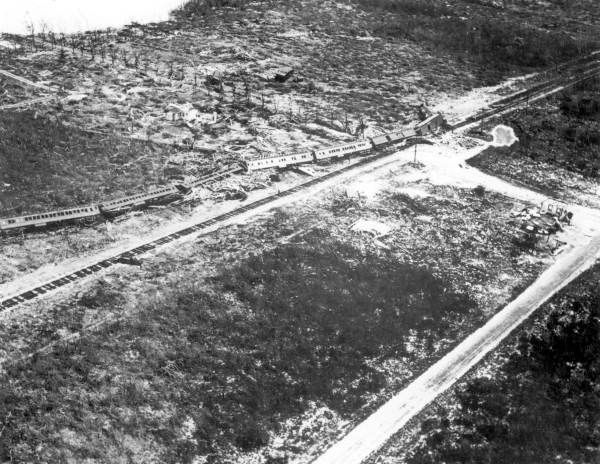
The railway could have been rebuilt, but this was at the height of the Great Depression and the Florida East Coast Railroad was near bankruptcy. In order for the railroad to stay operational, the railroad sold the right-of-way to the state for cash rather than rebuild.
Therefore, the Great Depression is to blame for not having a railway to Key West rather than the Labor Day Hurricane itself.
Les Standiford wrote a lot more about this in his book, “Last Train to Paradise.”
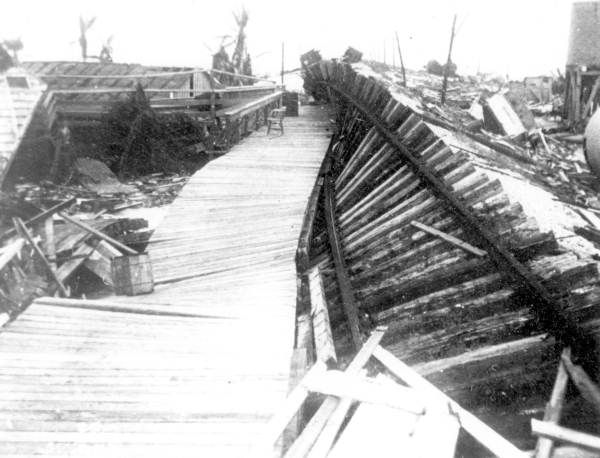
As the hurricane pulled away from the Florida Keys, it began to curve north tracking along Florida’s West Coast. On the evening of September 3, the storm passed just offshore of Tampa Bay before striking Cedar Key the following morning.
Tampa measured hurricane-force winds of 75 mph, 7.3 inches of rain, and a 5.3 ft storm surge as the hurricane passed by. It almost hit Tampa Bay directly from the south, but it weakened rapidly and stayed just offshore.
Unfortunately, the storm killed many people in the Florida Keys. It is reported that 252 veterans were killed and 106 additional were injured. It is estimated that a total of 408 people were killed in total from the hurricane, including three in Cedar Key.
Most of the deaths were believed to be caused by the storm surge.
Had the storm surge not washed away the railroad and killed so many people and the pressure hadn’t been measured, this storm could have easily been missed from the record books because of the small size of the hurricane itself.




